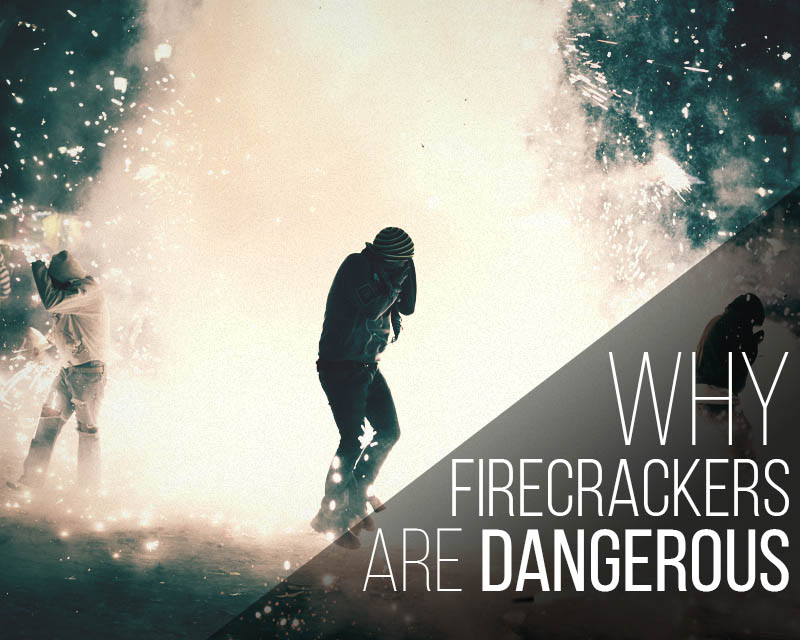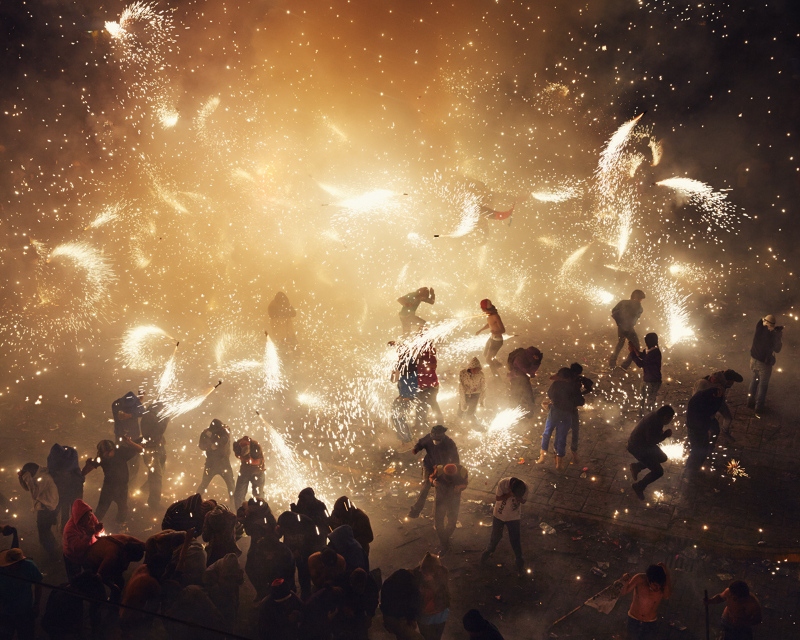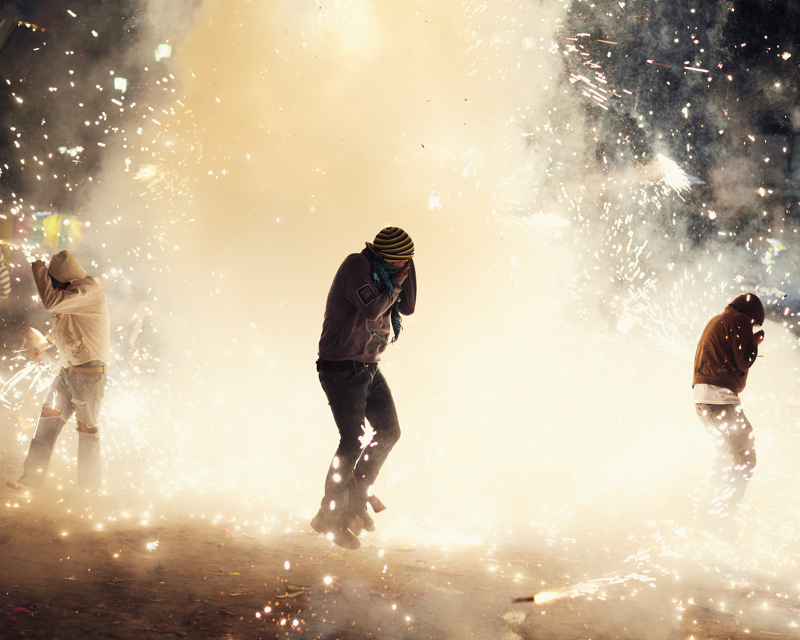
Despite the many grave warnings from government health agencies and leading medical experts, a lot of people still play with fireworks. This activity, which is dangerous and even illegal on a case-to-case basis, continues to become a popular activity during the Christmas season, and causes a rise in cases of firework-related injuries and complications.
The following are a few medical conditions that can result from playing with fireworks. Just to reiterate how serious this is, know that accidents with fireworks aren’t something that can be remedied by mere medicine for fever and headache. These are serious wounds so take heed:
Burns

Perhaps the most common injury one can incur from fireworks are burns. This kind of injury causes major loss of integrity for the skin, causing blood and other body fluids to escape the affected area. Also, because the skin has been damaged, the affected area becomes highly vulnerable to infection. And lastly, some burns, especially extensive ones, do not heal. This leaves a permanent scar or can even cause disfigurement.
Infections
With skin integrity broken, bacteria can easily invade the affected area, causing infection. And if the affected area is great, there is a chance that bacteria can seep to the bloodstream and cause a generalized infection.
Among the many possible pathogens that can cause infection, the most common and the most dangerous one would have to be Clostridium tetani. This bacteria strain produces a highly potent biological toxin called tetanospasmin, which causes the popular disease known as tetanus. Said condition is characterized by painful muscular spasms. If left untreated, it can cause respiratory failure, as the diaphragm – the primary muscle that controls breathing – becomes affected.
Blindness

There are kinds of fireworks that send out shrapnel in different directions when they explode. Then there are those that are meant to fly, which have a chance of going astray. Fireworks that fall under either kind can easily injure any exposed parts of the body, especially the eyes, as they are very sensitive. Damage to any part of the eyes that allow it to see – lens, retina, iris – can cause permanent blindness.
Damage
Aside from the eyes, the most commonly affected body parts would have to be the hands and feet. This is especially true when it comes to the former. Some light up fireworks unsafely, while some fireworks explode improperly despite proper lighting. Either occurrence can cause considerable damage to the hands; some are even great enough to warrant drastic measures such as the amputation of the fingers, or even the entire hand itself.
Also, although quite rarer as compared to hand injuries, feet injuries happen, especially during New Year’s Eve, when people accidentally step on firecrackers that are scattered around the streets. And just like hand amputations, foot amputations do occur as well.
Poisoning
Due to their still-developing motor skills and curiosity, children are the most common victims of fire-cracker related injuries. And aside from the usual wounds, they are also prone to being poisoned by fireworks, as they tend to put inside the mouth anything they are unfamiliar with. Toxic components of fireworks include barium, which causes weak and irregular heartbeat; arsenic, which causes vomiting, diarrhea, and hemorrhagic gastroenteritis; and phosphorus, that brings about liver damage.
If you are unable to refrain from buying fireworks, keep them out of reach of children. Also, if you notice that your child is vomiting, feeling weak, or complains of stomachache, contact emergency services or go to a hospital near you.
Fireworks, though fun to play, do a lot more harm than good. Therefore, it’s advisable to stay away from them. After all, there are a lot of smarter ways to celebrate the holidays and the upcoming New Year than to light up these health hazards.